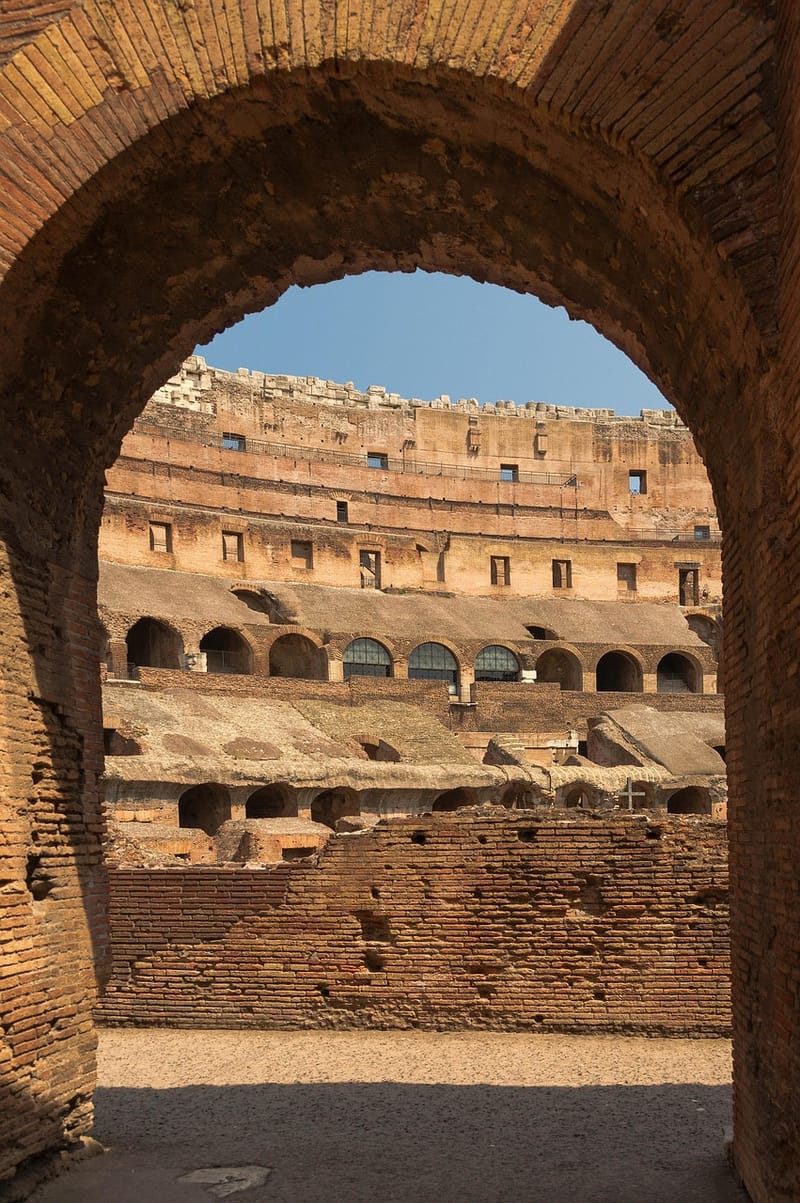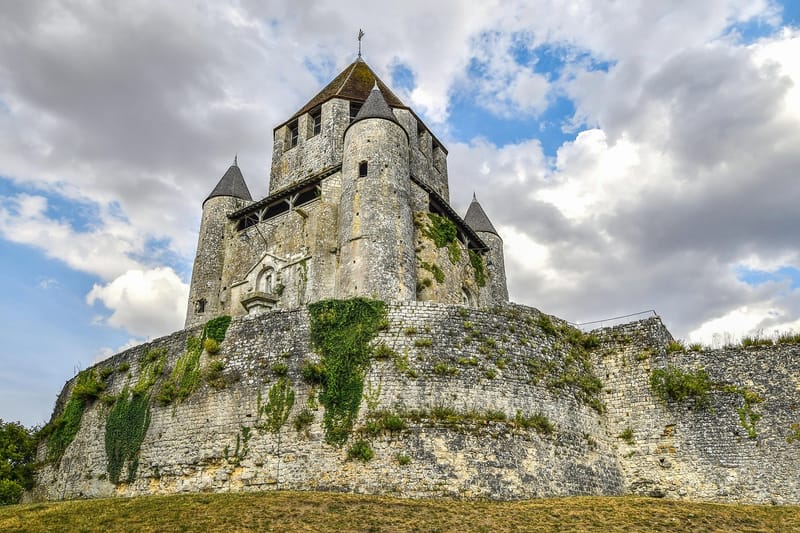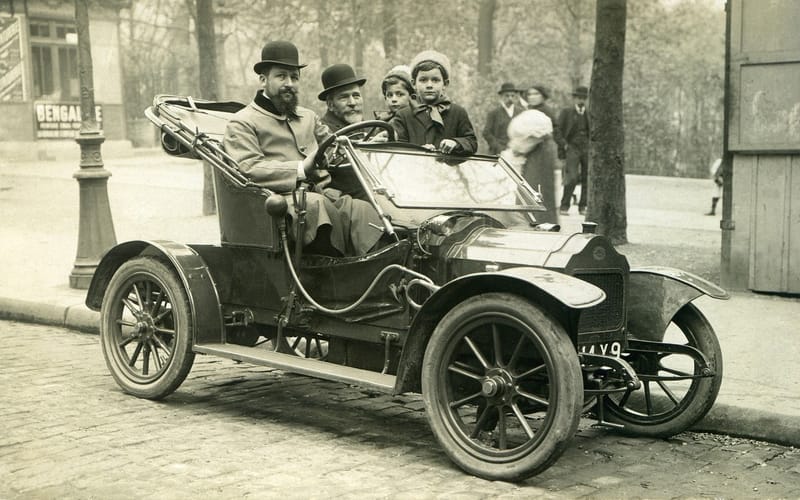Time Travel - Part 3
Exploring Different Time Periods - Part 3
Ancient Rome: The Rise and Fall of an Empire

Ancient Rome, one of the greatest civilizations in history, is known for its military prowess, engineering marvels, and lasting influence on Western culture. The Roman Empire spanned centuries, from its legendary foundation in 753 BC to its eventual collapse in 476 AD.
During its peak, Rome's vast territories stretched from Britain to Egypt, encompassing diverse cultures and peoples. The Romans built iconic structures like the Colosseum, aqueducts, and roads that still stand today as a testament to their engineering skills.
Key Events in Ancient Rome:
- Founding of Rome by Romulus and Remus
- Punic Wars against Carthage
- Julius Caesar's rise to power
- Construction of the Roman Colosseum
- Division of the Roman Empire into East and West
- Barbarian Invasions and the Fall of Rome
Despite its grandeur, internal strife, economic problems, and invasions by barbarian tribes led to the eventual collapse of the Western Roman Empire in 476 AD. The Eastern Roman Empire, known as the Byzantine Empire, continued to thrive for another thousand years.
Medieval Europe: Knights, Castles, and Feudalism

The medieval period in Europe, lasting from the 5th to the 15th century, was characterized by feudalism, chivalry, and the rise of powerful kingdoms and empires. It was an era of knights, castles, and cathedrals, with significant developments in art, architecture, and philosophy.
Feudalism, a social system based on land ownership and loyalty, structured medieval society. Knights were armored warriors who swore allegiance to lords and protected their lands. Castles served as fortresses for defense and symbols of power.
Highlights of Medieval Europe:
- The Crusades to the Holy Land
- The Magna Carta and the rise of constitutionalism
- The Black Death and its impact on Europe
- The Hundred Years' War between England and France
- The Renaissance and the transition to the modern era
The medieval period laid the foundation for the modern world, with its legacy seen in legal systems, architecture, and cultural traditions that continue to influence society today.
Industrial Revolution: Transforming Society with Innovation

The Industrial Revolution, spanning the late 18th and early 19th centuries, marked a significant shift in human history with the introduction of mechanized manufacturing, steam power, and urbanization. It transformed economies, societies, and daily life on a global scale.
Key innovations during the Industrial Revolution included the steam engine, textile machinery, and iron production, leading to mass production and the growth of urban centers. Factory work replaced traditional agrarian lifestyles, sparking social and economic changes.
Impacts of the Industrial Revolution:
- Rise of industrial capitalism and factory system
- Urbanization and migration to cities
- Social reform movements and labor unions
- Technological advancements in transportation and communication
- Environmental consequences of industrialization
The Industrial Revolution laid the groundwork for modern industrial societies, shaping the world we live in today with its innovations, challenges, and lasting effects on economies and cultures.
